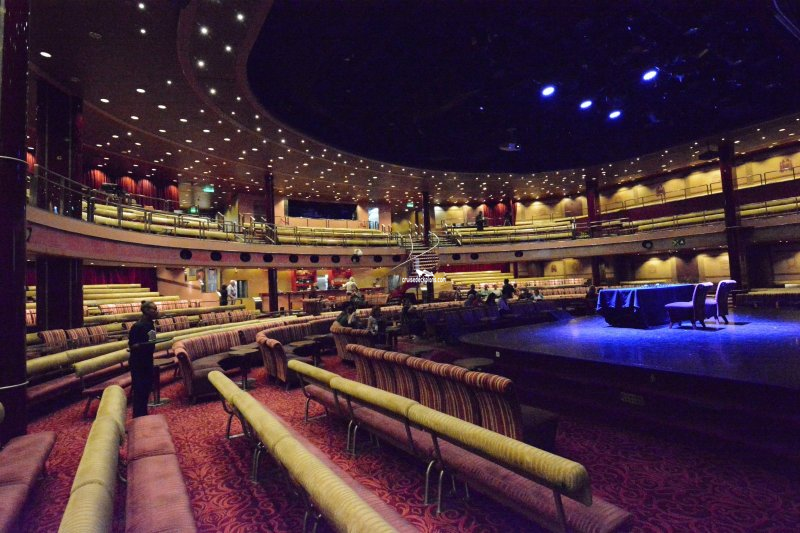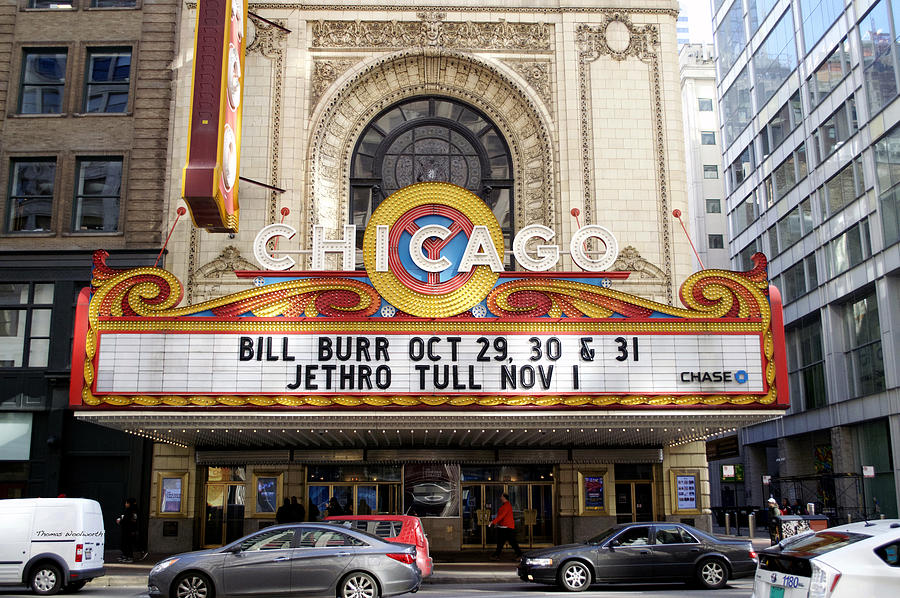
Building materials such as steel, copper, bronze, and aluminum were limited. Hall to call them "electric tiaras."ĭuring World War II, aesthetic considerations of the marquee were dictated by the availability of labor and materials.
#Marquee theatre movie
Movie marquee designs in the 1930s prompted theater historian Ben M. The larger size of the sign and text, combined with the flashing lights and color, made the façade easily visible to fast-passing cars. The text also became less detailed but larger. The shape also evolved from a small rectangle to a trapezoid, making it more readable to automobile traffic. The marquee in particular became larger, and stood out from the street to serve as a physical and aesthetic landmark from other businesses along the sidewalk. The invention of the automobile influenced many elements of theater architecture. Movie marquee designs in the United States are closely related to the social, political, and economic forces of the 20th century. Marquee outside Earl's Court tube station, London, 1973. 1967, The Boston Globe: "British actors mean little on an American movie marquee and Sherlock Holmes always seems old-fashioned.".1933, Billboard, The marquee of the Rivoli, where Samarang is playing, reads: 'One of the most exciting films ever shown.'.

1931, The American Mercury: " Marquee, the canopy at the main entrance.Įarly examples of the modern use of marquee include The oldest form of the word's root *merg- meant "boundary, border." Other words that descended from this Proto-Indo-European root include margin, margrave, and mark. The word marquise was also used to refer to various objects and fashions regarded as elegant or pleasing, hence: a kind of pear (1690), a canopy placed over a tent (1718), a type of settee (1770), a canopy in front of a building (1835), a ring with an elongated stone or setting, a diamond cut as a navette (late 19th century), and a style of woman's hat (1889).

The English word marquee is derived from the Middle French word marquise (the final /z/ probably being mistaken as -s plural), the feminine form corresponding to marquis ('nobleman'). The current usage of the modern English word marquee, that in US English refers specifically to a canopy projecting over the main entrance of a theater, which displays details of the entertainment or performers, was documented in the academic journal American Speech in 1926: " Marquee, the front door or main entrance of the big top." In British English "marquee" refers more generally to a large tent, usually for social uses. A marquee outside The Anthem advertises a sold-out Bon Iver concert


 0 kommentar(er)
0 kommentar(er)
